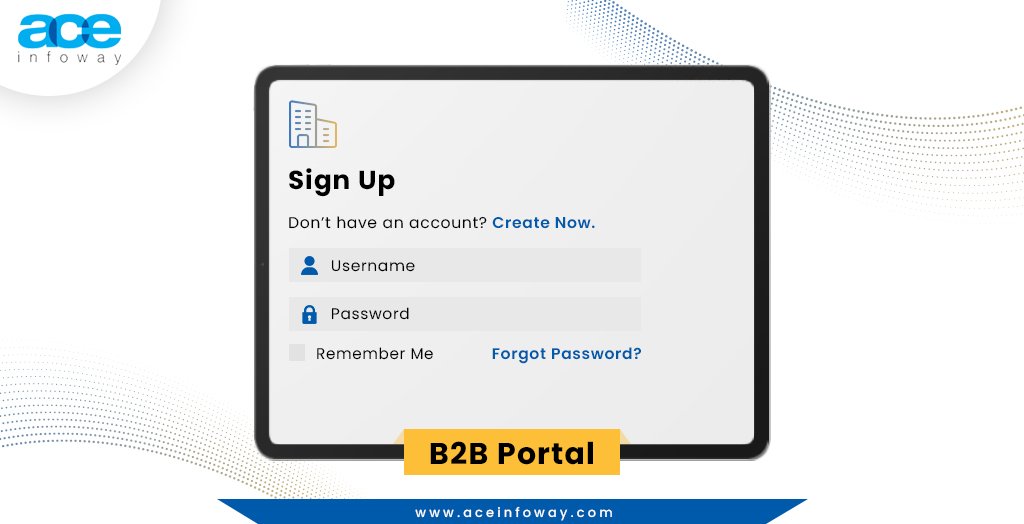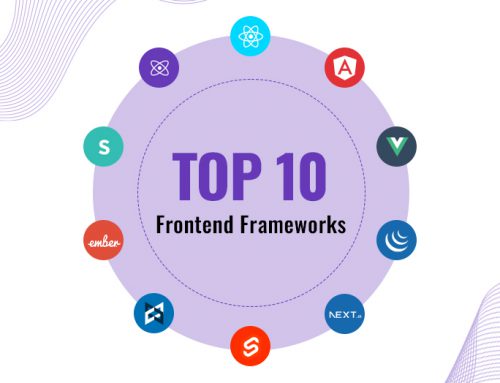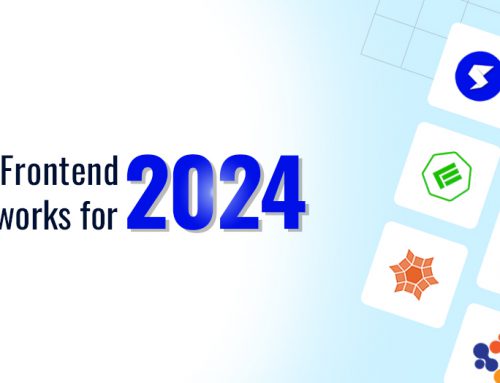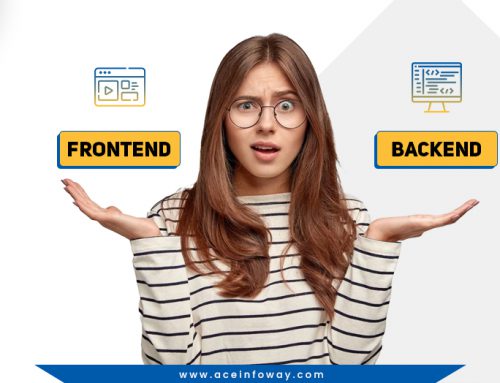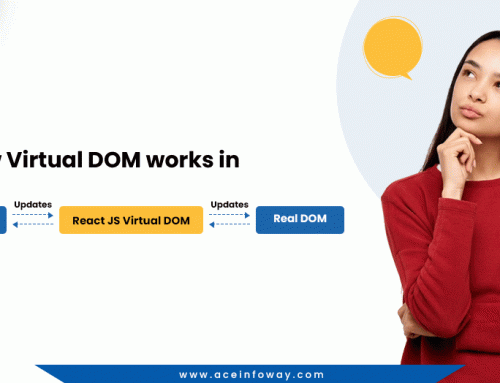Table of Contents
B2B customer portal is a paramount for small, medium, as well as large enterprises aiming to remain competitive and fulfill their customers’ requirements. Why not? A well-designed portal provides customers with easy access to important information, streamline communication, and enhance the overall customer experience. However, creating a successful portal requires careful planning and execution. In this blog, we’ll explore the top 5 strategies for creating a successful B2B customer portal. So, let’s dive in and explore the strategies in creating a successful B2B customer portal!
Why create a B2B customer portal for your business?
If you want to provide your customers with a seamless and personalized experience while improving operational efficiency and gaining valuable insights into their behavior and preferences, then creating a B2B customer portal is your go-to solution. Here are the other factual reasons to assure your decision:
🌐 A survey by Forrester found that 72% of customers prefer using self-service support portals to resolve their issues.
🌐 Cisco Systems saw a 10% reduction in support costs after implementing their customer portal.
🌐 According to the latest TSIA benchmark data, it costs around $230 to solve a problem on a phone call, while it only costs around $52 for self-service. Certainly a big reason to take interest in generating customer portals.
🌐 70% of customers feel more connected to businesses when they can interact with a community of their peers.
Along with this, virtual assistance technology is particularly useful for novice users, end-users with procedural inquiries, and individuals who are new to your portal and unsure where to start their search. Wherein, through a series of prompts and questions, the technology guides users to a solution, taking into account their previous interactions with the portal, their owned products, and problems encountered by other customers with similar profiles.
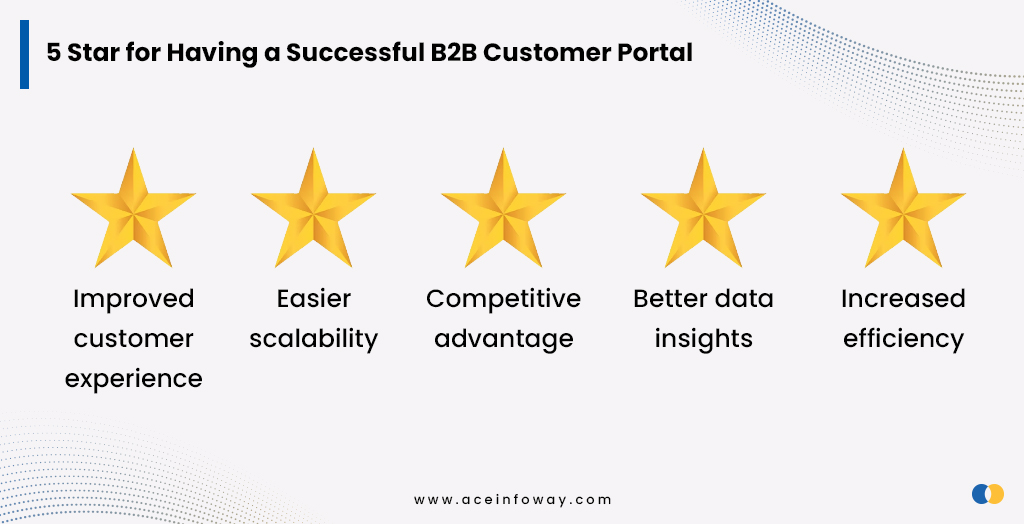
Importance of having a successful B2B customer portal
A well-designed B2B customer portal provides a personalized and convenient platform for customers to interact with your business. Here are the notable perks that a successful B2B customer portal brings with it.
👉 Improved customer experience: A B2B customer portal provides a centralized hub for your customers to access information, place orders, track shipments, and communicate with your team. This streamlined experience not only saves them time but also shows them that you value their business and are committed to providing top-notch service.
👉 Increased efficiency: By automating many of the tasks that traditionally required human intervention, such as order processing and invoicing, a B2B customer portal can help you reduce manual errors, speed up processes, and free up your team’s time to focus on more strategic initiatives.
👉 Better data insights: With a B2B customer portal, you can collect valuable data on your customers’ behavior and preferences, such as their order history, search queries, and feedback. This data can help you tailor your marketing efforts, improve your product offerings, and make data-driven decisions to grow your business.
👉 Competitive advantage: In today’s hyper-competitive business landscape, having a B2B customer portal can give you a significant advantage over your competitors. By providing a seamless and personalized customer experience, you can build stronger relationships with your customers and earn their loyalty.
👉 Scalability: As your business grows, a B2B customer portal can easily scale to accommodate your expanding customer base and increasing order volumes. With features such as self-service capabilities and automated workflows, you can handle more business without having to hire additional staff.
5 Key Strategies for Creating a Successful B2B Customer Portal
As per a Statista research, 17% of B2B sales are expected to be generated digitally in 2023 growing from the 14% of sales in 2020. This perfected showcases the magnification of B2B eCommerce. Correspondingly generating your web presence as B2B customer portal would fetch you the virtue of high sales by implementing these key strategies.
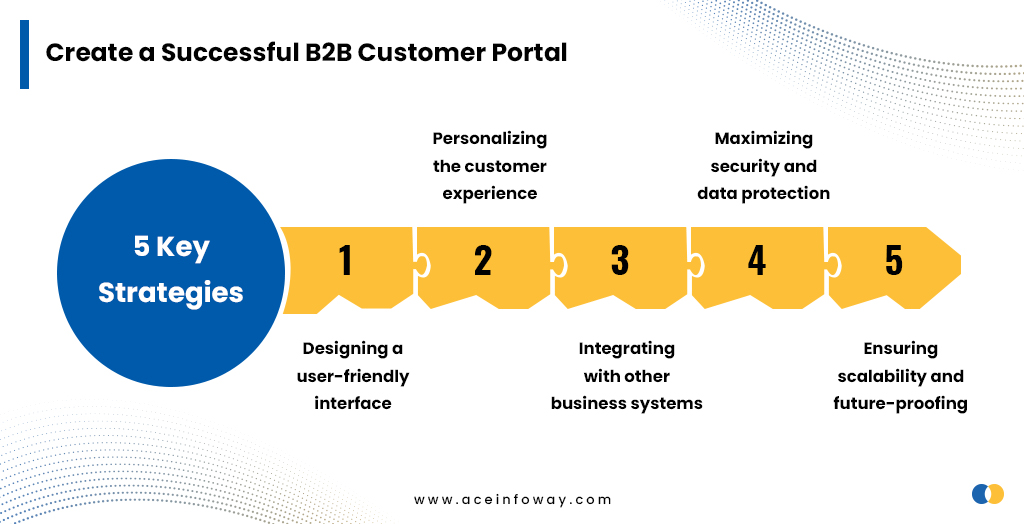
1) Designing a User-Friendly Interface
A user-friendly interface is critical for the success of any customer portal. Your customers should be able to navigate the portal easily, find the information they need quickly, and complete tasks efficiently. Note these key points that generate a user-friendly interface:
🔹 Keep the design simple and intuitive: A cluttered design with too many options can overwhelm users and make it difficult for them to find what they need. Use a simple, intuitive design with clear navigation and minimal distractions.
🔹 Use consistent branding: Maintaining consistent branding is crucial for enhancing user recognition and establishing trust in your business. Key elements such as logos, colours, and fonts should be utilized consistently throughout your portal. When utilizing a logo maker, prioritize adherence to this consistency to reinforce your brand identity.
🔹 Provide clear and concise instructions: Instructions should be clear and concise, guiding users through each step of the process. Use clear language and visual cues to make the instructions easy to follow.
🔹 Optimize load times: Ensure that your portal loads quickly, as slow loading times can frustrate customers and lead to a poor user experience.
🔹 Optimize for mobile: Many users access customer portals on their mobile devices. Ensure that the portal is optimized for mobile devices, with a responsive design that adjusts to different screen sizes.
2) Personalizing the Customer Experience
Personalization is a key factor in creating a successful B2B customer portal. By personalizing the experience, you can build stronger relationships with your customers, increase engagement, and improve customer satisfaction. Some strategies for personalizing the customer experience include:
🔹 Customize the interface: Allow users to customize the interface to suit their preferences. This could include selecting their preferred language, adjusting the layout, or choosing which features to display.
🔹 Use personalization based on user data: Use data about the user, such as their browsing history or past interactions with the portal, to personalize the experience. This could include recommending content based on their interests or highlighting features they have used in the past.
🔹 Offer personalized support: Provide personalized support through chatbots or dedicated support staff who can assist users with their specific needs.
3) Integrating with Other Business Systems
Integrating your customer portal with other business systems is indispensable for ensuring that the portal meets the needs of your customers and your business. By integrating with other systems, you can streamline business processes, reduce data entry errors, and provide a seamless experience for your customers. Some key business systems that your customer portal should integrate with include:
🔹 CRM: Integrating with your CRM system allows you to access customer data and history, personalize the experience, and track customer interactions.
🔹 ERP: Integrating with your ERP system allows you to manage inventory, orders, and financial data, providing a more streamlined experience for your customers.
🔹 Marketing automation: Integrating with your marketing automation system allows you to track customer interactions, segment your audience, and personalize marketing messages.
4) Maximizing Security and Data Protection
Security and data protection are critical for any B2B customer portal. Your customers need to know that their data is safe and that the portal is secure. To maximize security and data protection, it is essential to:
🔹 Use encryption: All data should be encrypted during transmission and storage to prevent unauthorized access.
🔹 Implement multifactor authentication: Use multifactor authentication to ensure that only authorized users can access the portal.
🔹 Use role-based access controls: Use role-based access controls to limit access to sensitive data and features to authorized users only.
🔹 Regularly update security measures: Regularly update security measures to address new threats and vulnerabilities.
🔹 Conduct regular security audits: Conduct regular security audits to identify any weaknesses or vulnerabilities in the portal.
5) Ensuring scalability and future-proofing
Scalability and future-proofing are essential for ensuring that your B2B customer portal can grow and evolve with your business. Your portal should be able to handle increasing volumes of traffic and data as your business grows, and it should be able to adapt to changing technology and business needs. Some strategies for ensuring scalability and future-proofing include:
🔹 Use a scalable architecture: Use a scalable architecture that can handle increasing volumes of traffic and data. This could include cloud-based solutions that can be easily scaled up or down as needed.
🔹 Product documentation: As the complexity of a product increases, the significance of user guides becomes even more crucial. The product manuals saved in the CMS makes the product documentation readily available on the customer portal while not taking any extra technical effort.
🔹 Plan for future integrations: Plan for future integrations with other business systems, such as new CRM or ERP systems.
🔹 Stay up-to-date with technology: Stay up-to-date with new technology and trends in customer portal design to ensure that your portal remains relevant and effective.
Wrap Up
A well-designed portal can not only provide customers with easy access to vital information but also streamline communication and enhance the overall customer experience. Hence, investing in a successful B2B customer portal can help businesses to stay ahead of the curve in today’s fast-paced digital environment.
If you’re looking for a reliable partner to help you build a successful B2B customer portal, Ace Infoway can provide you with end-to-end solutions that cater to your business needs. Our team of experts possesses extensive experience in developing custom B2B portals that serve to specific requirements, ensuring enhanced customer satisfaction and business growth. Contact us today to learn more about our services and how we can help you achieve success.
FAQs
➕ What is a B2B customer portal❓
A B2B customer portal is an online platform that allows businesses to interact with their customers. It provides access to information such as order status, account information, and customer support.
➕ What are the benefits of a B2B customer portal❓
A B2B customer portal can improve communication, enhance customer engagement, increase efficiency, and provide a more personalized user experience.
➕ What are some common features of a B2B customer portal❓
Some common features of a B2B customer portal include order tracking, inventory management, account information management, pricing and quotes management, and customer service support.
➕ How can I ensure that my B2B customer portal is user-friendly❓
To ensure that your B2B customer portal is user-friendly, you should conduct user testing and gather feedback from your customers. Use this feedback to make necessary adjustments to the design and functionality of the portal. Additionally, make sure that the portal is intuitive and easy to navigate.
➕ How can I measure the success of my B2B customer portal❓
You can measure the success of your B2B customer portal by tracking key performance indicators (KPIs) such as user engagement, conversion rates, and customer satisfaction scores. Analyze this data to identify areas of improvement and make necessary adjustments to your portal.
➕ How often should I update my B2B customer portal❓
The frequency of updates to your B2B customer portal will depend on your business needs and the feedback you receive from your customers. However, it’s important to regularly review and update your portal to ensure that it meets the changing needs of your customers.
➕ Can a B2B customer portal help improve customer retention❓
Yes, a B2B customer portal can help improve customer retention by providing a streamlined and personalized experience for your customers. By giving them access to the information and tools they need, you can increase their satisfaction and loyalty to your business. Additionally, by providing exceptional customer service and support through the portal, you can create a strong bond with your customers that encourages them to continue doing business with you.









